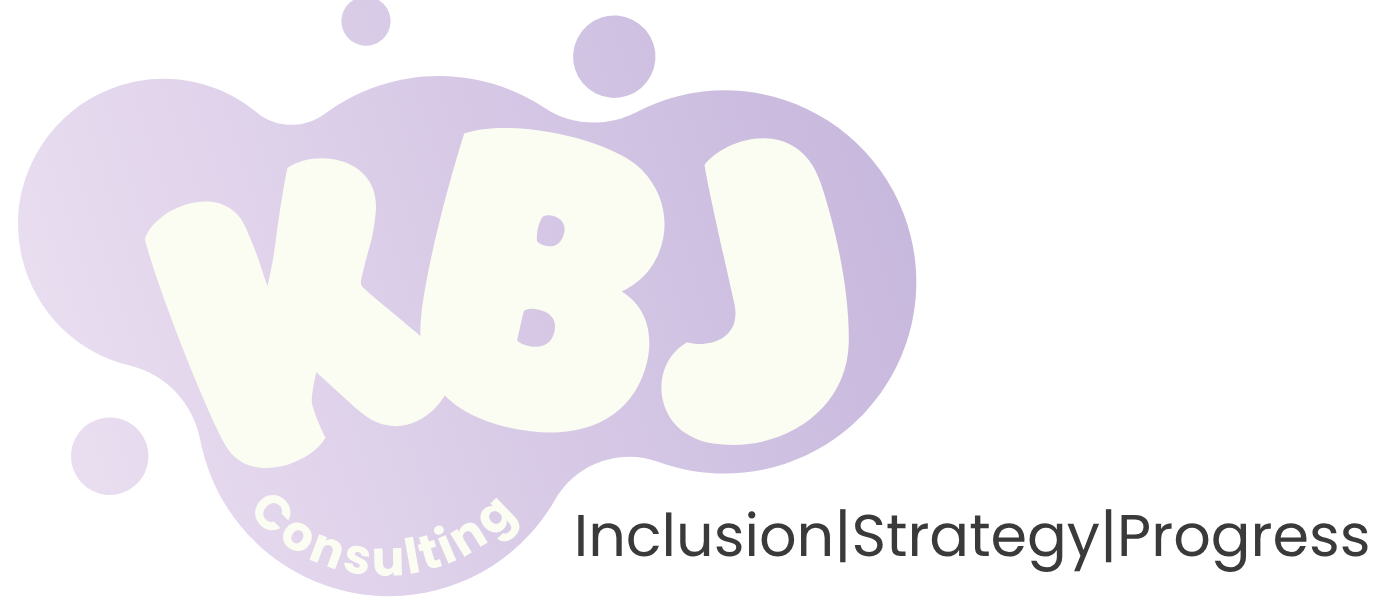Disability Action Plans
Turn commitment into action with a Disability Action Plan that’s practical, strategic and grounded in inclusion
A Disability Action Plan (DAP) helps your organisation identify and remove barriers for disabled people in your workplace, services, communications, and culture. I support you to co-develop a plan that reflects your values, meets your ethical and legal responsibilities, and leads to real, community-informed change.
Unlike a one-off accessibility audit, which identifies what barriers exist, a DAP brings your whole organisation and community into the process of working out how to remove those barriers — and who’s responsible for making it happen.
Okay, but what actually is a Disability Action Plan?
Good question! A Disability Action Plan is a strategic roadmap for how your organisation will become more inclusive and accessible over time. It goes beyond reviewing your current systems - it creates a shared, public commitment to change.
Disability Action Plans:
Engage staff, clients, potential clients, and the broader community
Provide a structured approach to identifying, prioritising, and implementing changes
Help your organisation meet the spirit and intent of the Disability Discrimination Act (DDA), even where a DAP isn't legally required
Reflect the lived experience of disabled people and centre co-design
Done well, a DAP isn’t just a document. It’s a community-informed process that shows your organisation is serious about access, inclusion, and accountability.
What’s involved in a Disability Action Plan?
A Disability Action Plan (DAP) is more than a checklist — it’s a strategic, community-informed roadmap for change. Here’s what sets it apart and what you can expect.
-
A Disability Action Plan doesn’t just describe what’s currently inaccessible, it lays out how your organisation will change over time. It sets out clear goals, actions, timeframes, and responsibilities and actors to support ongoing improvement.
-
A strong Disability Action Plan involves staff, clients or members, potential clients or members, and the broader community, especially disabled people. It’s designed to reflect the needs and voices of the people your organisation affects.
-
The outcome of a Disability Action Plan is a public-facing plan and report that outlines what your organisation will do, when, and how. It includes priorities, actions, timelines, and accountability structures, not just recommendations.
-
The Disability Action Plan process centres lived experience and co-design. That means engaging with disabled people as partners - paying them for their time, resourcing access needs, and building trust through the process.
-
A Disability Action Plan is one of the clearest ways to demonstrate your organisation’s commitment to access and inclusion. Even when not required by law, it signals that you’re serious about creating a safer, fairer, more equitable environment for disabled people.
What I offer
Every Disability Action Plan is tailored specifically to your organisation, available resources, timeline and needs. However, the general process involves 6 steps.
The process typically takes between 8 to 12 months, but this can vary due to organisational size, community involvement, complexity of issues, internal capacity and external requirements.
Preliminary review
Understanding your organisation’s size, goals, services, and current level of accessibility.Initial engagement
Staff surveys, internal interviews, external focus groups and/or group sessions to identify key issues and gaps.Drafting the plan
Based on what we learn, I draft a plan with clear actions, responsibilities, and timelines.Community engagement
Consult with disabled community members, clients, or stakeholders to refine the plan.Finalisation & endorsement
Support with final edits, formatting, and presentation to leadership or boards for approval.Implementation support (optional)
Help embedding the plan, tracking progress, or reporting.
Is this service right for you?
This service is relevant to anyone who is committed to do everything they can to ensure inclusion on every level.
It can be particularly useful for
Local councils, NFPs, businesses, unions and schools wanting to show leadership on disability inclusion.
Organisations wanting a transparent, participatory process.
Teams preparing for future access reforms or funding opportunities.
Anyone ready to move from an idea, to action and accountability
If you’re unsure if this is the service that you’re looking for, you can try out the Accessibility Self-Assessment tool I’ve developed. Or, you can contact me and we can have a chat about your needs.
Ready to start?
Lets build a better world together.


